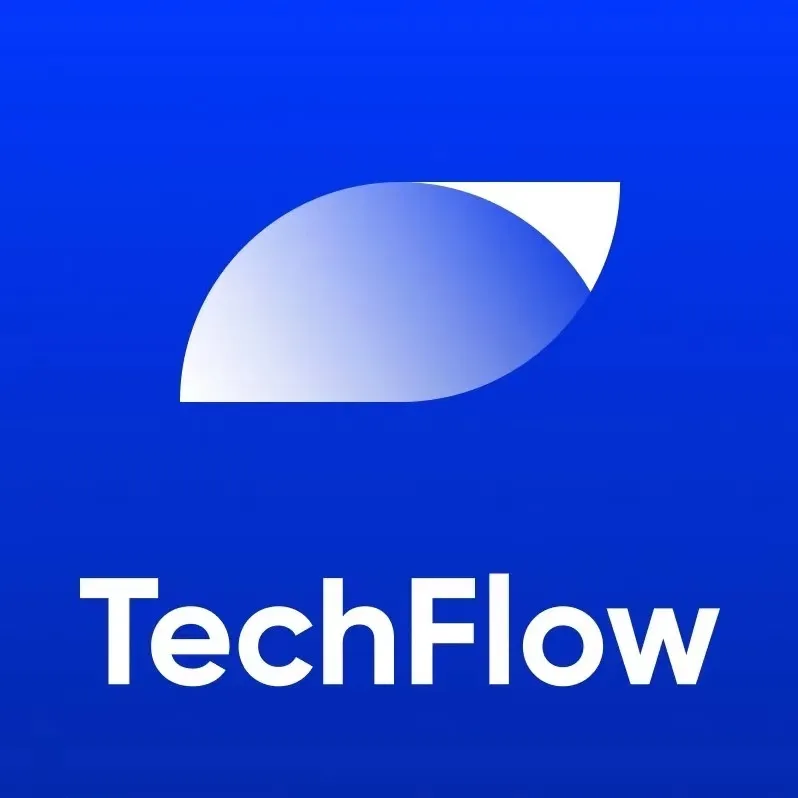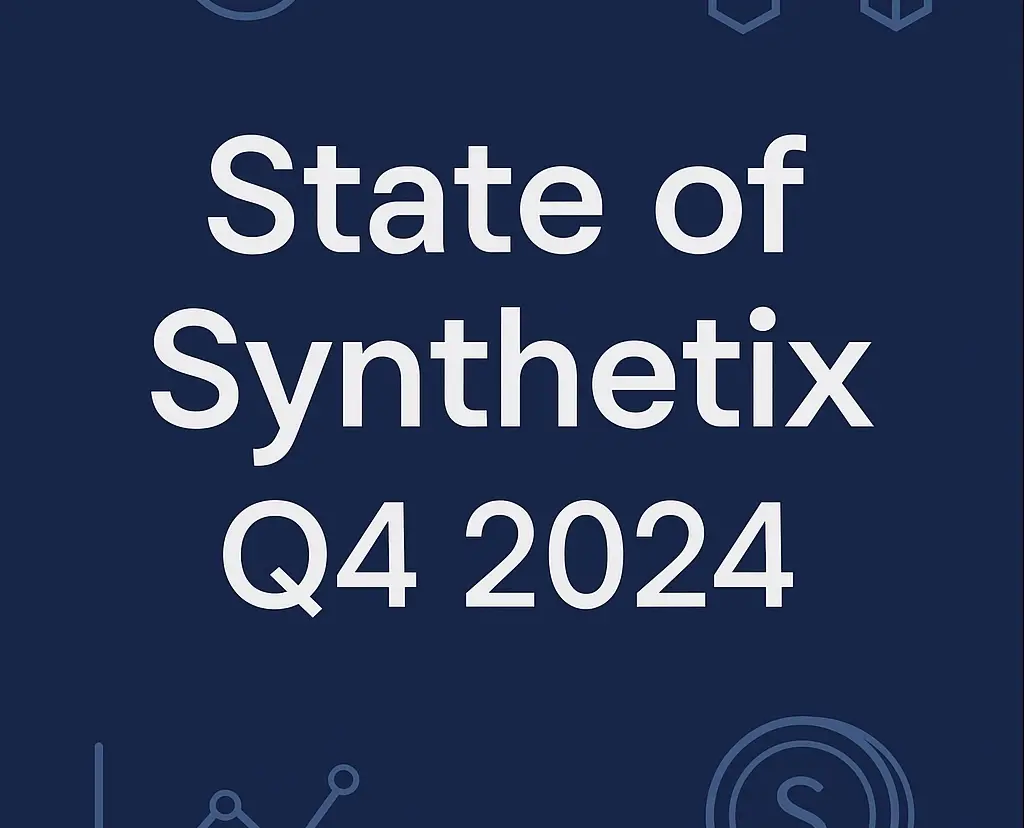Pump.fun has created its own AMM pool? The intention to seize Raydium's profits is obvious
Author: Deep Tide TechFlow

"To everyone who has, more will be given; and he will have an abundance. But from the one who has not, even what he has will be taken away."
---Matthew 25:29
On-chain, the Matthew effect of the rich getting richer has never stopped.
For example, Pump.fun has quietly started taking over Raydium's role: today it stealthily launched a self-built AMM pool, attempting to siphon off the liquidity revenue that originally belonged to Raydium.
Currently, this self-built AMM (http://amm.pump.fun) page is very simple, allowing you to swap any tokens just like other DeFi products.

However, the intentions behind this product may not be simple.
Everyone knows that Pump.fun has attracted a large number of Degens with its unique internal and external market mechanism and memecoin culture.
User transactions are first matched in Pump.fun's internal market, relying on the platform's liquidity to complete trades; when the internal market is full, transactions are routed to the external market, which actually relies on Raydium's liquidity pool.
In this model, Pump.fun has always been a "traffic provider" for Raydium, but is also constrained by Raydium's rules. Whenever transactions flow to the external market, Pump.fun has to pay a portion of the transaction fees, and this profit ultimately goes to Raydium's liquidity providers (LPs).
Raydium itself is one of the most important AMM platforms in the Solana ecosystem and serves as a crucial infrastructure for DeFi users to access liquidity. It also provides liquidity pool services for many projects on Solana, with its TVL (Total Value Locked) consistently ranking among the top in Solana.

As Solana's "liquidity center," Raydium holds a pivotal position in the ecosystem. However, Pump.fun's new move is challenging this status quo:
Pump.fun is no longer satisfied with being Raydium's "traffic provider," but is trying to become the "controller" of liquidity.
The Business Behind the Self-Built AMM Pool
By building its own AMM, Pump.fun can transfer external market liquidity from Raydium to its own platform, thereby completely controlling the distribution of transaction fees.
If Pump.fun's strategy succeeds, Raydium will not only lose a portion of its liquidity source, but its revenue model and ecological status will also be impacted.
So, how is this calculated?
- Raydium's Revenue Model: Pump.fun's "Hidden Costs"
Under the current model, Pump.fun's external market transactions rely on Raydium's liquidity pool, and each transaction incurs a certain fee, which ultimately flows to Raydium's ecosystem.
Raydium's Standard Fee: A 0.25% fee is charged for each transaction, of which:
0.22% is allocated to Raydium's liquidity providers (LPs).
0.03% is used for $RAY buybacks and ecosystem support.
Pump.fun's Trading Volume: Assuming Pump.fun has a daily trading volume of $100 million, with 5% of the trading volume (about $5 million) routed to Raydium's external market.
Pump.fun's Hidden Costs: Based on a 0.25% fee, Pump.fun needs to pay Raydium $12,500 daily, totaling about $4.5625 million annually.
For a rapidly growing platform, this fee, although reduced compared to before, still represents a dependency on an external platform.

- Potential Earnings from Self-Built AMM
By building its own AMM, Pump.fun can transfer external market liquidity from Raydium to its own platform, thereby completely controlling the distribution of transaction fees. So, how much potential revenue can this move bring?
New Revenue Model: Assuming Pump.fun's self-built AMM charges the same fee as Raydium (0.25%), but all fees belong to the platform:
The daily external market trading volume remains $5 million.
Based on a 0.25% fee, Pump.fun can directly earn $12,500 daily.
The annual cumulative revenue would be about $4.5625 million.
Net Revenue After Removing LP Costs: If Pump.fun's AMM does not rely on external LPs but instead provides liquidity from the platform itself, this revenue will belong entirely to the platform without needing to be distributed to other liquidity providers.
- What Else Does Pump.fun Aim for Besides Money?
Building a self-built AMM not only brings direct revenue increases but also significantly enhances Pump.fun's control over the ecosystem, laying the foundation for future development.
Under the current model, Pump.fun's external market transactions rely on Raydium's liquidity pool, meaning Raydium controls the user trading experience and liquidity stability.
After building its own AMM, Pump.fun will fully control the rules and fee distribution of the liquidity pool, thereby enhancing its control over users.
With control over liquidity, Pump.fun can further launch more DeFi products (such as perpetual contracts, lending protocols, etc.), thus building a closed-loop ecosystem.
For example, Pump.fun can directly support the issuance and trading of memecoins through its AMM pool, providing more play options for its community.
Related Token Price Changes
After Pump.fun announced the launch of its self-built AMM, Raydium's token $RAY fell sharply, with a daily drop of 20%.

This phenomenon may reflect market concerns about its future revenue and status.
Pump.fun's strategy could pose a long-term threat to Raydium, especially regarding liquidity migration and fee income.
On the other hand, after Pump.fun built its AMM pool, a MEME token used for testing this liquidity pool, Crack, saw its price surge, with a market cap reaching as high as $4 million.
CA:
CitRGsrgU7NjaXsxdMFc7sfsxtSnPdtkhHJqbPvhpump

Among the few market hotspots, the testing token of the AMM pool may still soar for a while.
The Challenge is Obvious
After building its own AMM, if it runs smoothly, Pump.fun will completely control external market liquidity, significantly increasing its revenue.
By integrating internal and external market liquidity, Pump.fun can build a fully self-consistent on-chain Meme DeFi ecosystem.
From seizing attention traffic to capturing funding destinations, Pump.fun is clearly transitioning from "relying on external liquidity" to "owning liquidity."
An innovative platform, after gaining a larger user base, certainly has the opportunity to shake the status and ecological pattern of traditional DeFi through strategic adjustments.
However, whether Pump.fun can truly shake Raydium's position in the future will depend on its ability to balance liquidity strategies and user growth; more crucially, whether the bull market is still present.
Timing and opportunity.
It's not just the retail investors in PVP; projects are also engaged in fierce competition against each other.










